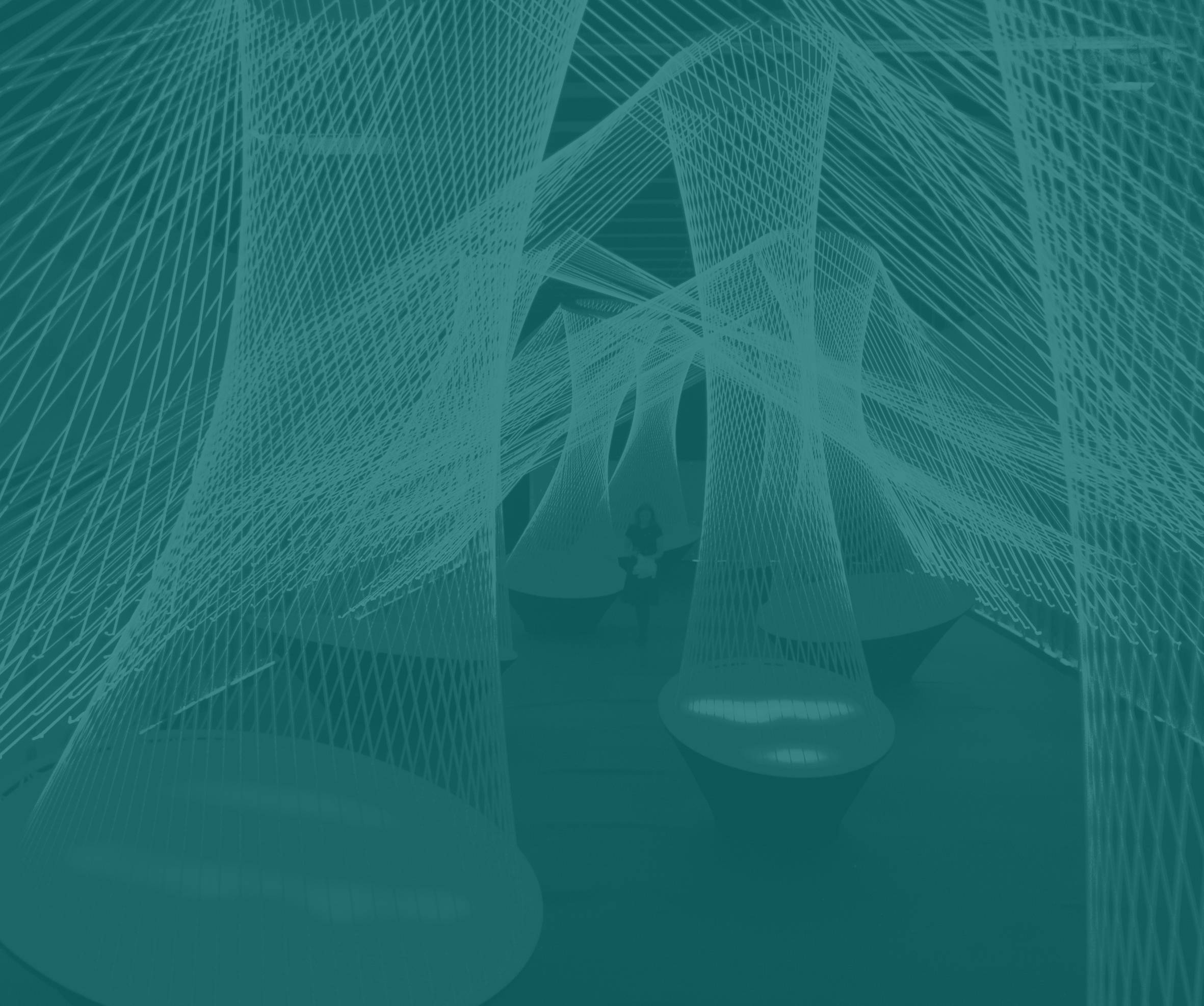
Gutenberg Open Science
The Open Science Repository of Johannes Gutenberg University Mainz.
Visible. Citable. Open.

Recent Submissions
Item type: Item , Zeitschriftenaufsatz Access status: Open Access , Impact of cirrus on extratropical tropopause structure(2025) Emig, Nicolas; Miltenberger, Annette K.; Hoor, Peter M.; Petzold, AndreasDiabatic processes are essential in shaping the thermodynamic and chemical structure of the extratropical transition layer (ExTL). Cirrus may play a vital role due to associated latent heating and its influence on radiative and turbulent properties. Here we present for the first time a combination of in situ observations of the ExTL thermodynamic structure inside and outside cirrus using a dual-platform approach during the AIRTOSS-ICE campaign and a Lagrangian analysis based on high-resolution simulations. Earlier analysis by Müller et al. (2015) suggests cirrus formation in stratospherically influenced air based on measured N2O mixing ratios. The dual-platform approach reveals substantial disturbances in the vertical profile of potential temperature with a weakened stratification inside the cirrus and sharpening above. Lagrangian analysis based on high-resolution ICON simulations suggests that cirrus-related radiative cooling and latent heating are essential for the formation of the observed perturbed potential temperature profile. Radiative cooling and to a lesser degree turbulent heat and momentum transport result in substantial potential vorticity (PV) production in the upper part of the cirrus and a steepening of the vertical potential vorticity gradient. The simulation reproduces key aspects of the observations and the larger-scale evolution as evident from satellite and radiosonde data. Our analysis further indicates that the cirrus particles formed in an already moist ExTL air mass over southern Germany about 12 h before being sampled over the North Sea. Our findings underline the importance of diabatic cloud processes for the thermodynamic structure of the ExTL and potential cross-tropopause exchange.Item type: Item , Dissertation Access status: Open Access , Item type: Item , Dissertation Access status: Open Access , Evaluation des Therapieerfolgs von Revisionseingriffen bei hypotoner Makulopathie nach filtrierender Glaukomchirurgie(2025) Brägelmann, Lisa; Schuster, Alexander Karl-Georg
